Search
Did you mean: Hurrians?
Remove Ads
Advertisement
Summary 
Loading AI-generated summary based on World History Encyclopedia articles ...
Search Results
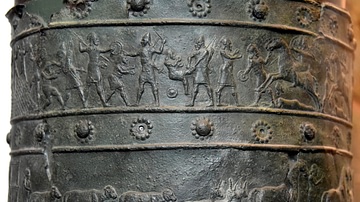
Image
Slaughter of Urartians and Tribute from Gilzani
The upper register shows slaughter of Urartians with swords and bows while the lower register shows tribute of the men of Gilzani (rams, goats and horses). Shalmaneser III's military campaign in Armenia, c. 857 BCE. Detail, bronze band from...

Definition
Sargon II
Sargon II (r. 722-705 BCE) was one of the most important kings of the Neo-Assyrian Empire as founder of the Sargonid Dynasty which would rule the empire for the next century until its fall. He was a great military leader, tactician, patron...

Article
Winning Against the Odds: Sargon II & the Urartu Campaign
It is often when one is faced with the most difficult circumstances that one is given the greatest opportunity for clarity. History provides ample evidence of this experience in showing how, when faced with seemingly impossible situations...
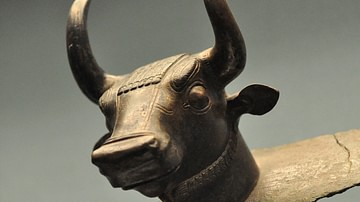
Definition
Urartu Civilization
Urartu, also known as the Kingdom of Urartu or the Kingdom of Van, was a civilization which developed in the Bronze and Iron Age of ancient Armenia, eastern Turkey, and northwestern Iran from the 9th century BCE. Controlling territories through...
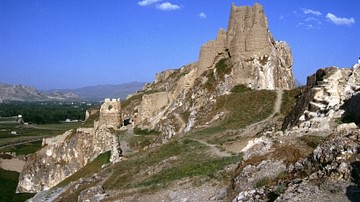
Definition
Tushpa
Tushpa, later known as Van, was the capital of the Urartu kingdom of ancient Armenia, eastern Turkey, and western Iran from the 9th to 6th century BCE. Located on the eastern shore of Lake Van in modern Turkey, the city was a fortress site...
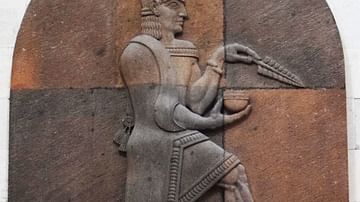
Definition
Urartu Religion
The religion of the Urartu civilization, which flourished principally in ancient Armenia from the 9th to 6th century BCE, was a unique mix of indigenous, Hurrian and Mesopotamian gods and symbolism. The pantheon was headed by the trinity...
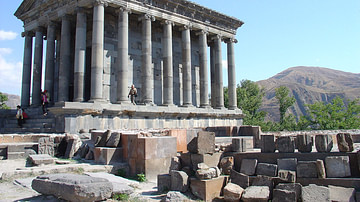
Definition
Ancient Armenia
Ancient Armenia, located in the south Caucasus area of Eurasia, was settled in the Neolithic era but its first recorded state proper was the kingdom of Urartu from the 9th century BCE. Incorporated into the Persian Empire of Cyrus the Great...
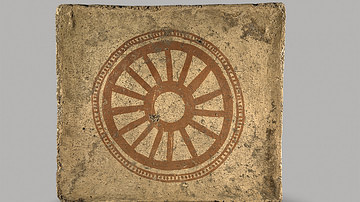
Image
Painted Mural Tile with Wheel from Western Iran
Painted brick from Baba Jan, Luristan, Iron Age III, c. 850 to 550 BCE. National Museum of Iran, inv. no. 6735 This terracotta tile with a painted wheel is one of the c. 200 mural bricks that once decorated the “ceremonial rooms” of the...
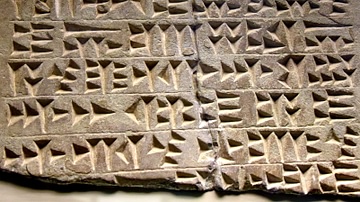
Image
Fragmentary Urartian Royal Inscription
This is a dedication to the god Haldi, the supreme god of the Urartians, from a temple built by Menua, son of Ishpuini, king of Urartu (reigned 810-786 BCE). It is written in Urartian cuneiform writing. From Toprakkale or Van, Eastern Anatolia...
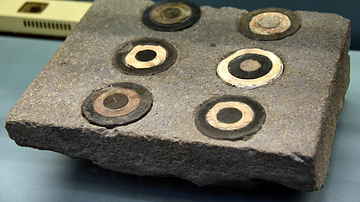
Image
Black Basalt Slab with Inlays from Urartu
This slab (which is inlaid with black and white stone) was part of the paved platform in front of the temple of the god Haldi, the supreme god of the Urartians. The rings were carefully slotted together and secured by a pin so the top would...